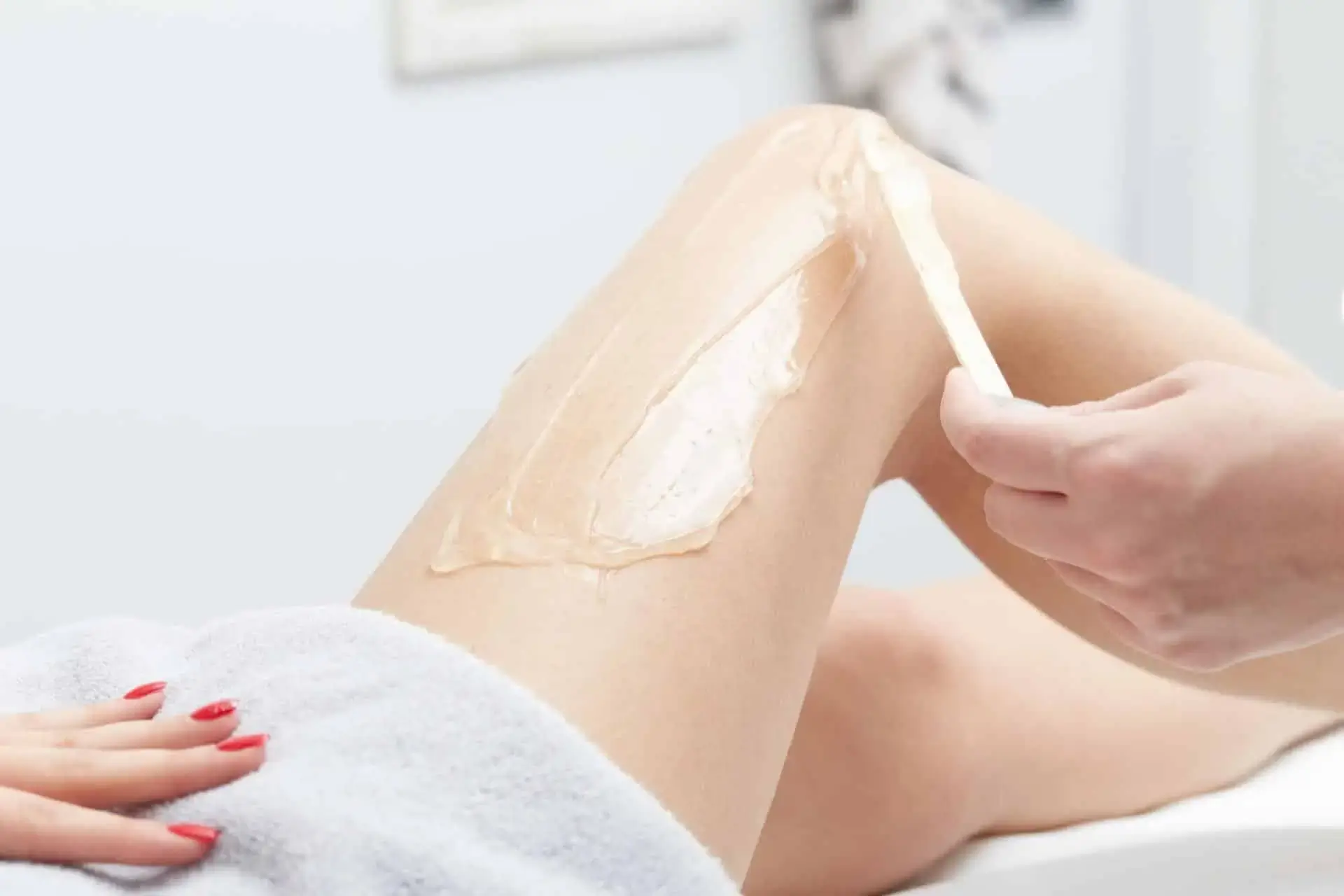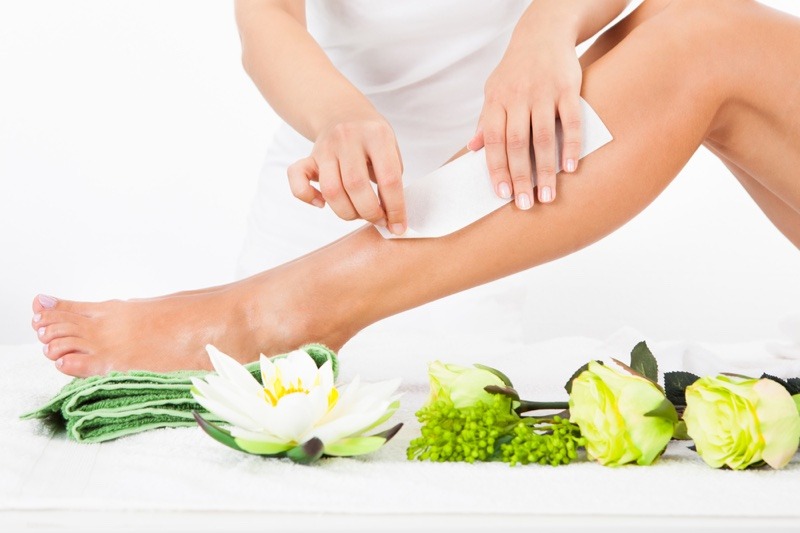Embarking on the journey of waxing often sparks the question, “How long does waxing last?” The quest for smooth, hair-free skin is a common pursuit, but understanding the duration of waxing results is crucial for those seeking a hair removal method that aligns with their preferences and lifestyle. Join us as we delve into the longevity of waxing and unravel the factors that influence the duration of that coveted post-waxing smoothness.

How Long Does Waxing Last?
The duration of results from waxing varies, and it can last up to 6 weeks for some individuals. It’s important to note that being hair-free for the entire duration is unlikely, and new hair growth may become noticeable around 3 to 4 weeks after the waxing session.
Does Wax Type Impact How Long Waxing Lasts?
The rate of hair growth and the duration between services may not be directly influenced by the type of wax used during a session. However, specific wax types can enhance the effectiveness of the service compared to others.
Ultimately, waxing offers a method to grip and remove hair at the root, delivering clients more effective and longer-lasting results when compared to alternative hair removal methods – a topic we’ll delve into further!
Waxing Vs. Other Hair Removal Methods

Waxing vs. Shaving
Shaving merely cuts hair at the skin’s surface, providing short-term results that often necessitate daily maintenance for desired smoothness. Additionally, shaving leaves hair with blunt ends, leading to uncomfortable stubble upon regrowth, prompting frequent shaving sessions, ranging from daily to weekly.
In contrast, waxing removes hair at the root, offering clients several weeks of hair-free skin between appointments. During this period, clients enjoy smooth and pleasant skin. Furthermore, regrown hair after waxing has a finer end, in contrast to the blunt ends of shaved hair. This results in finer, more comfortable, and less noticeable hair growth.
Waxing vs. Hair Removal Cream
Similar to shaving, hair removal cream operates on the skin’s surface, lacking the depth to reach the hair’s root. Chemicals in the cream break down the hair, removing it superficially.
Most hair removal creams recommend a minimum 72-hour gap between sessions to ensure skin safety from the formula’s potent chemicals. However, using these creams regularly, even after 72 hours of hair growth, is not advisable due to potential adverse effects or skin reactions.
In contrast, waxing proves highly effective for hair removal while maintaining the skin’s well-being. Even for individuals with mature or sensitive skin, some waxes deliver impressive results while leaving the skin soothed, moisturized, and hydrated after the waxing session.
Waxing vs. Laser Hair Removal
In laser hair removal procedures, clients typically seek permanent hair removal as the ultimate objective. It’s generally advised to maintain a 4-8 week interval between hair removal sessions, and upon completing all sessions, clients can expect to remain hair-free for approximately 2 years.
Similar to laser hair removal, does waxing eventually halt hair growth? Waxing provides clients with approximately 3 to 4 weeks of being hair-free and encourages finer, thinner regrowth. With consistent waxing appointments, clients may also notice reduced hair growth in treated areas, or hair growth may cease altogether.
Professional Vs. At-Home Waxing
When conducting waxing sessions at home, determining the ideal interval between appointments might be a bit challenging. However, resist the temptation to wax your hair too frequently simply because you have convenient access to your waxing supplies.
Whether you’re performing waxing at home or seeking professional waxing services, it’s crucial to adhere to the recommended time frame (as outlined above!) between sessions. This ensures that your hair reaches the appropriate length for safe and effective waxing results.
What Does The Growth Cycle Typically Look Like?

The hair growth cycle consists of three phases:
- Anagen phase: In this initial stage, hair cells divide, and the hair sprouts and grows. Approximately 90 percent of the hair on a human body is in this growth phase.
- Catagen phase: This brief transition period involves the separation of hair from the base, and the blood supply to the hair is cut off.
- Telogen phase: During this concluding resting phase, hair is pushed out of the skin and naturally falls out.
Once the hair is removed or naturally sheds, the growth cycle initiates anew.
What Factors Affect The Way Regrowth Occurs?
The hair growth cycle can be influenced by factors such as hormones, diet, and genetics.
Maintaining a good hormone balance is essential for stronger and healthier hair. Hormonal imbalances may negatively affect the rate and texture of hair growth.
Diet plays a crucial role in supporting hair growth. Experts recommend a balanced diet that includes fish, vitamin C, zinc, biotin, niacin, and iron to nourish and promote healthy hair growth.
Genetic factors contribute to the unique characteristics of your hair growth, making it distinct from that of others.
Consistent waxing is believed to result in thinner and slower hair regrowth. Establishing a regular waxing routine can lead to longer-lasting and less painful hair removal experiences over time.
Can You Extend The Results Of Waxing?
Certainly. Maintaining smooth and moisturized skin is crucial for effective waxing. Dry or rough skin increases the likelihood of hair breakage, so be sure to exfoliate and moisturize regularly between waxing appointments.
To prevent ingrown hairs and bumps, incorporate moisturization into your routine and use ingrown hair oil on the waxed area. These steps contribute to keeping your skin in optimal condition after waxing.
FAQs
Is waxing ever permanent?
Although waxing effectively removes hair from the root, providing a carefree feeling for a few weeks, it is not a permanent solution. The hair follicle remains intact, and regrowth is inevitable after some time.
Is it better to shave or wax pubic hair?
Shaving, while quicker and more cost-effective than waxing, offers short-lived results. For a smoother shave, soften the hair and skin around the bikini line with steam and water. If the hair is longer, consider trimming it before shaving.
How often should a woman wax her pubic hair?
Bikini waxes provide a temporary hairless state and are not a permanent solution. To maintain a smooth appearance, most individuals find it beneficial to have a bikini wax every two weeks or opt for a Brazilian wax every three to four weeks. Waiting beyond this timeframe may result in uncomfortable itching as the hair grows back.
The Bottom Line
Waxing typically provides results that endure for a span of 3 to 6 weeks, contingent upon factors such as individual hair growth, the waxed area, and the precision of the application. For those uncertain about waxing, various alternative hair removal methods exist, offering durations ranging from days to weeks and beyond. The key to effective hair removal lies in discovering an approach that aligns with your comfort and meets your specific needs.
This article is for informative reference and to explore the nuances of hair removal by wax and how long does waxing last. To learn more about our available treatments and services, please visit the L Spa Da Nang website.





